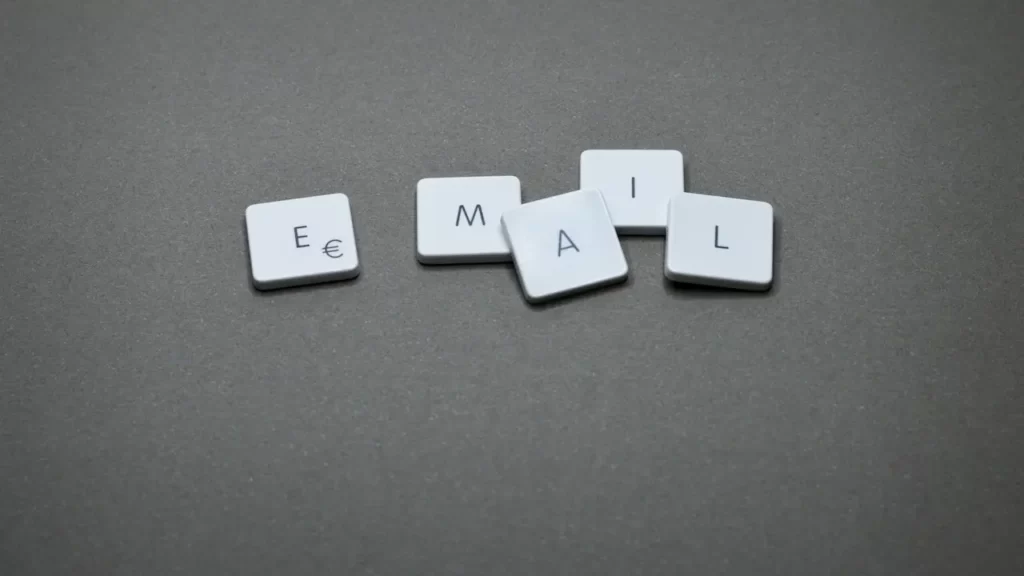Hello, budding marketers and brand enthusiasts! If you’re just stepping into the vast world of digital marketing, you’ve probably heard of the power of email marketing. And if you haven’t, you’re about to discover a tool that, when used correctly, can do wonders for your brand growth. Let’s dive in!
What is Email Marketing?
At its core, email marketing is about communicating with your audience directly through their inbox. Whether you’re sharing news, offers, or simply trying to build a relationship, emails can help. Think of it like the modern-day equivalent of sending out a promotional postcard, but much more interactive and targeted.
Why is Email Marketing Important?
Personal Touch: Emails can be personalized. This means that you can address the recipient by their name, recommend products based on their interests, or even send birthday wishes!
Direct Channel: Unlike social media where your post might get lost in the sea of information, emails land directly in a person’s inbox. This increases the chances of your message being seen.
Cost-Effective: Sending an email is cheap. If you’re a startup or a small business, this makes email marketing an attractive option.
Starting with Email Marketing
Choose a Platform: Platforms like MailChimp, SendinBlue, and ConvertKit are beginner-friendly tools that help automate and streamline the email marketing process. They offer templates, analytics, and many more features.
Build Your List: You can’t start without subscribers. Incorporate subscription forms on your website, social media channels, and other customer touchpoints. Remember, always get permission before sending an email – no one likes spam!
Segment Your Audience: Not everyone is interested in the same thing. Divide your email list based on interests, purchase behavior, or demographics. This allows you to send relevant content to each group.
Crafting the Perfect Email
Subject Line: This is your first impression. Keep it catchy and relevant. Avoid ALL CAPS or too many exclamation marks!!!
Content: Keep it crisp and engaging. Visuals like images or GIFs can add flavor, but ensure they don’t clutter the email.
Call-to-Action (CTA): What do you want the reader to do after reading the email? Whether it’s reading a blog, buying a product, or simply visiting your website, make your CTA clear and enticing.
Mobile-Friendly: A large number of emails are read on mobile devices. Ensure your email looks good both on desktop and mobile.
Measure, Learn, Repeat
After you send out emails, don’t forget to measure their success. Look at metrics like:
- Open Rate: Percentage of recipients who opened your email.
- Click-Through Rate (CTR): Percentage of recipients who clicked on a link in the email.
- Unsubscribe Rate: Percentage of recipients who opted out of your emails.
These metrics will help you understand what’s working and what needs improvement. Adapt based on this feedback.
Best Practices
- Don’t Spam: Respect the inbox. Send emails at a frequency that you promised when they signed up.
- A/B Testing: Try out different versions of an email to see which one performs better.
- Stay Updated: Email marketing trends change. Always be on the lookout for new strategies or tools.
Conclusion
Email marketing might seem overwhelming at first, but with the right strategy and tools, it can become one of your most effective channels for brand growth. Remember, it’s all about building and maintaining a relationship with your audience. Be genuine, be consistent, and always strive to provide value.
Happy emailing!




